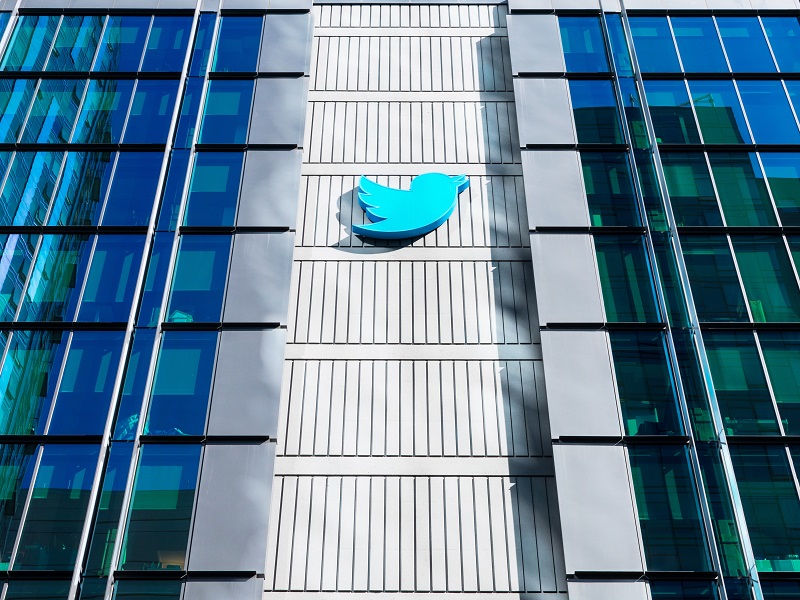

In the wake of upheaval in 2020 caused by the coronavirus pandemic and racially charged events in the U.S. that ignited a year of social justice unrest across the globe, Twitter Inc. implemented its #DaysofRest additional paid-time-off initiative to support its employees amid the turmoil.
Employees were disheartened and emotionally exhausted by events in the news during the first months of 2020, says Andrea MacDonald, Twitter’s head of technology and telecommunications in Canada. She says the company conducts pulse surveys on a regular basis to get a sense of how their members are feeling, and via those surveys, employees expressed they felt unable to unplug from work, their various devices and the news cycles of each passing day. She points out, right now, it’s hard for people to take a day off in the remote-working environment, particularly amid social- and physical-distancing restrictions imposed by local governments due to the pandemic. “There are no distractions. You’re not going to the zoo with your family, you’re not going on a trip.”
Read: U.S. employers tweaking vacation, paid-time-off policies amid pandemic: survey
But, she says, burnout doesn’t help anyone — least of all the company. So last June, in response to employees’ feedback, MacDonald says the human resources team decided to set out monthly days for employees to rest and recharge. Now, almost a year into the program, MacDonald says the #DaysofRest program has proven very successful. Feedback has been positive, she says, adding employees have said they’re able to use those days to spend more time with their families and get caught up on chores. Still, it wasn’t easy to convince employees to take the time they needed to disconnect from work, she says. “At the beginning, team members were hesitant to take the days because we’re wired to produce and be busy.”
Read: Canadian employees taking less time off amid pandemic uncertainty: report
She added it took a real conscious effort from management to show employees it was okay to take these days. “While a large percentage . . . took advantage of it, there were folks who [didn’t] at first.”
One challenge, she says, was that many employees weren’t able to take the days if they were client facing or had already booked meetings, which the company tried to get ahead of by having human resources send out a note early on, letting everyone know the monthly days of rest schedule, so they could arrange their calendars in advance. She says having company leaders show strong support for the program helps employees feel good about taking these days. “Everyone in the company is off, no one is sending you emails, you’re not falling behind in any work, and so it’s been really beneficial. Now, it’s become a part of the Twitter workplace culture and the vast majority take these days.”
Read: Home Depot expanding paid time off, doubling overtime pay
The social-media company isn’t the only organization introducing additional paid time off for employees in the wake of the pandemic and the subsequent shift to working from home. LinkedIn Corp. gave employees worldwide an additional paid week off this year, starting April 5, and Home Depot Inc. expanded paid time off for all its hourly workers, with the additional hours to be used at their discretion or paid out at year-end if unused. As well, Manulife Financial Corp. and its subsidiary John Hancock gave 35,000 employees the day off on May 29 last year.
“People are spending at least two hours more a day working on average because of all the missed lunches and conversations and commuting time,” says MacDonald. “So giving your team a bit of that time back is really going to help you in the long run have happier, healthier and more productive employees.”
